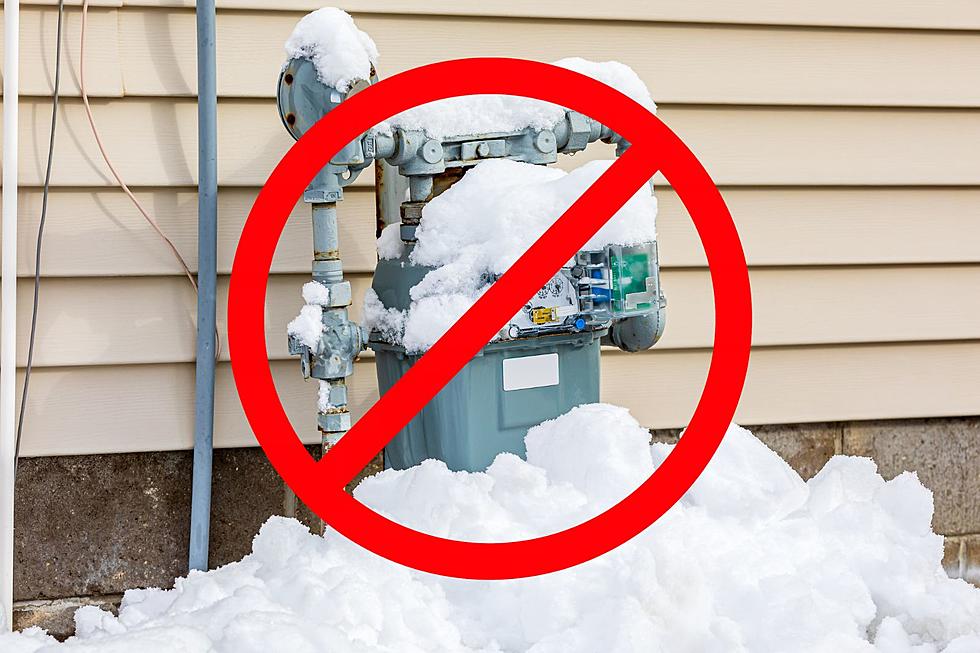
Destructive Weather Emergency Alerts Will Soon Be Sent to Illinois Resident’s Phones
You know those blaring loud emergency alerts that are sent to your phone any time there is a tornado, flash flood warning, or Amber Alert? Well, we'll be receiving more in Illinois soon.
Don't get me wrong, I fully appreciate this technology when it comes to tornado warnings, but just hearing the loud warning come through my phone scares the crap out of me every single time. I think we can all agree emergency alerts usually cause your blood pressure to rise a few notches, but there's no denying they save lives. This is exactly why the National Weather Service will soon begin sending emergency alerts to mobile phones when a thunderstorm qualifies as "destructive".

The National Weather Services' website says;
We developed three categories of damage threat for Severe Thunderstorm Warnings. The categories, in order of highest to lowest damage threat, are destructive, considerable, and base. These tags and additional messaging are designed to promote immediate action, based on the threats.
Emergency alerts will be sent to mobile phones in the area when a storm qualifies as "destructive", meaning it is capable of "at least 2.75-inch diameter (baseball-sized) hail and/or 80 mph thunderstorm winds". Storms that fall under the "considerable" and "base" threat categories will not receive a wireless emergency alert (WEA).
If you're now worried that your phone will be blowing up with scary alerts, just stop and breathe. The National Weather Service says only about 10% of thunderstorms reach "destructive" status each year, so the number of emergency weather alerts you receive should not go up much. (Fingers crossed!)
One last thing, Wireless Emergency Alerts are not something you have to opt in to or opt out of. If you have a cell phone and are in the path of destruction, you will be alerted.
LOOK: The most expensive weather and climate disasters in recent decades
KEEP READING: Get answers to 51 of the most frequently asked weather questions...
More From Rockford's New Country Q98.5









